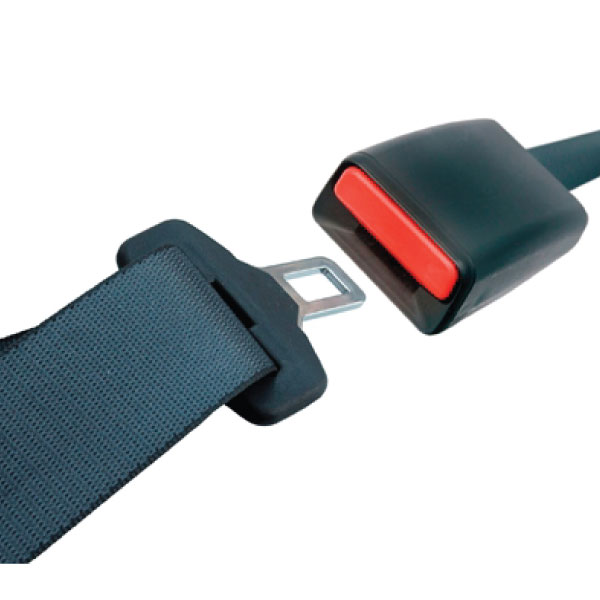
Seat Belts—Silent Witnesses
Litigation over vehicle crash worthiness has fostered the use of trace evidence to determine occupant location and occupant kinematics. Traditionally, the association of blood, hairs and fibers to the vehicle occupants has assisted in these determinations. McCrone has established that the seat belt and the trace evidence it supports can be a “silent” witness to a vehicle crash.
Court restrictions often require that examinations and analyses be conducted without destruction of the evidence. It is, therefore, critical that the integrity of the evidence be maintained throughout the entire forensic (trace evidence) analytical scheme. Samples can be examined “in place” for morphological features by using a stereomicroscope or a low vacuum scanning electron microscope (LV SEM). Chemical composition can be determined by attenuated total reflectance (ATR) infrared microspectroscopy or energy dispersive x-ray spectrometry (EDS) in the LV SEM.
In a recent automobile accident, a barely discernable defect in the webbing of a seat belt was determined to be the cause of the seat belt failure. Whether or not the seat belt was in use at the time of the crash was critical in resolving this liability case. SEM analysis confirmed that the webbing fibers broke due to tensile forces created during loading, ultimately confirming that the belt was being used by the injured occupant.
McCrone’s team of scientific trace evidence experts perform on-site vehicle inspections, as well as laboratory analyses to assist clients with the documentation and collection of trace evidence.